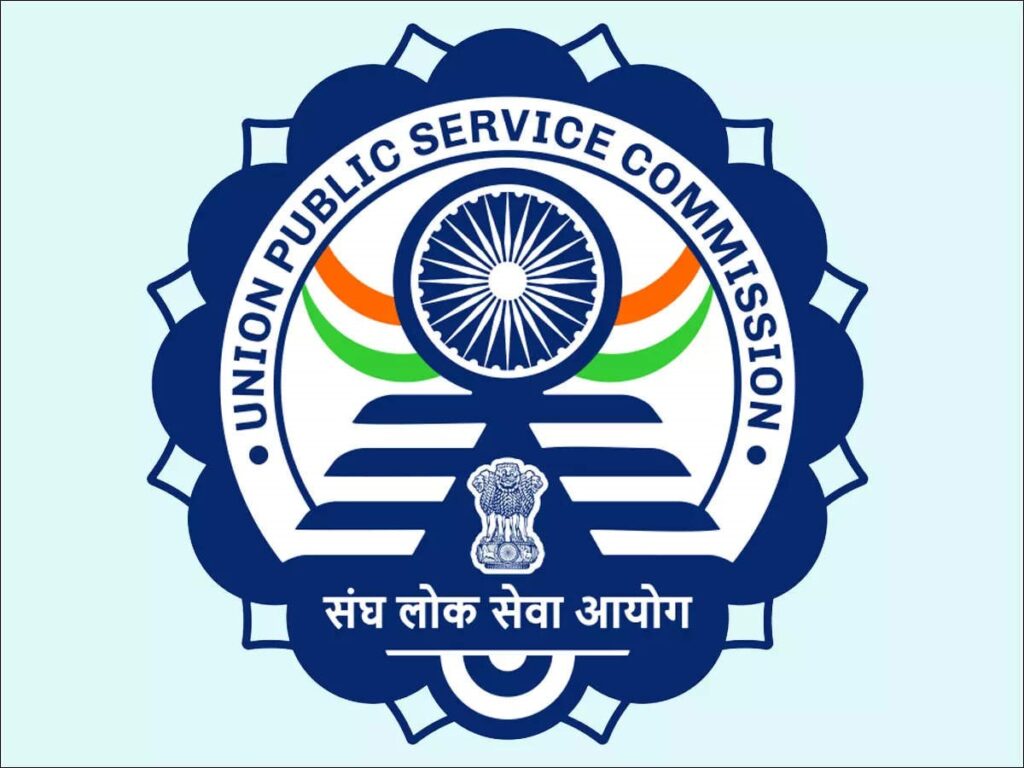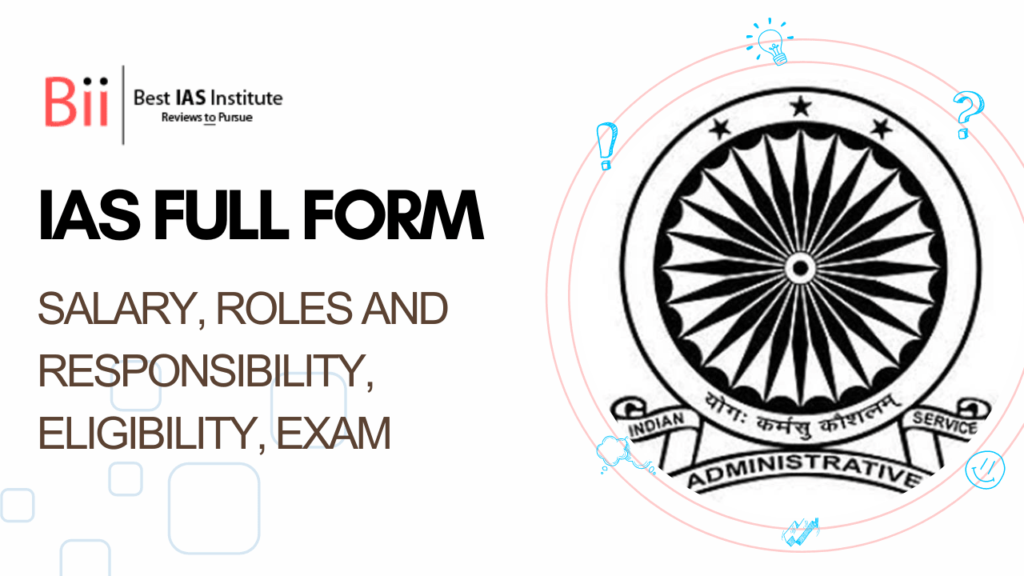
What is IC full form?
The IC full form is Integrated circuits and it is the main component of all modern electronic devices. IC is made up of semiconductor material and it has many elements such as transistors, diodes, capacitors and resistors etc. and it is specially used in audio equipment, video equipment, microprocessors, in automobiles. In this article, we will discuss IC Full Form and its related information.
History of Integrated circuits (IC)
In 1958, The integrated circuit was invented by Jack Kilby and it was created the first working integrated circuit by using a piece of germanium and the first monolithic integrated circuit was revealed in 1960 and it was started in 1949 by Physicist Jacobi, the idea of integration of electronic components into a single device came into implementation.
Functions of Integrated circuits (IC)
The Integrated Circuits (IC) is an electronic device which is a group of elements such as diodes, resistors and capacitors that can perform several tasks and in almost all electronic devices in recent days it is used to show very high performance with low electricity usage.
Types of Integrated circuits (IC)
The first Integrated Circuits (IC) or microchip, was developed in 1958 by Jack Kilby and there have been numerous advancements leading to the development of Integrated Circuits that house an increasing number of transistors and other electronic components.
Following are the types of Integrated Circuits which is based on the electronic components integration;
1. Small Scale Integration (SSI)
2. Medium Scale Integration (MSI)
3. Very Large Scale Integration(VLSI)
4. Ultra Large Scale Integration (ULSI)
Applications of IC
Following are the applications of Integrated Circuits given below;
- Electronics for the Home: Integrated Circuits provide complex functions with high-speed networking to smartphones, tablets, game systems, and gadgets.
- Telecommunications: Integrated circuits provide fast data transfer with the network control in mobile networks,optical communication systems and satellite communication.
- Automotive: Controlling engine operations, entertainment systems, and driving help features, ICs add to car safety, pleasure, and performance.
- Healthcare: In medical equipment, ICs help in tracking, data processing, and correct treatment delivery, which improves patient care and results.
- Defense and aerospace: ICs allow mission-critical activities and national security by ensuring the reliability of communication systems, radar, navigation tools, and electronics.
- Automation in the Industrial Sector: Integrated circuits in the industrial sector improve efficiency and safety in industrial automation and it gives control and tracks capabilities for production processes and machines.
Advantages of Integrated Circuit
Following are the advantages of Integrated Circuits;
- The size of the Integrated Circuits are small and modest when compared to others and due to size it consumes less electricity.
- Weight of Integrated Circuits is very low as compared to other circuits.
- Integrated Circuits can replace it easily
- In high temperatures Integrated Circuits can be able to increase its capacity.
- Integrated Circuits is suitable for small signal operations.
- Cheaply available in mass production of Integrated Circuits
- Integrated Circuits are Reliable
Disadvantages of Integrated Circuit
There are many disadvantages of Integrated Circuits given below;
- Complexity: Designing and producing Integrated Circuits need specific knowledge and equipment that are making the process difficult and costly.
- Heat Dissipation: High-density Integrated Circuits that make heat, and efficient heat is important to protect their performance and stability.
- Rapid Obsolescence: Rapid technological improvements can make Integrated Circuits old quickly, requiring regular updates and replacements.
Limitations of IC
- Integrated Circuits can only handle a limited quantity of electricity.
- P-N-P High-Grade chamber is not possible in Integrated Circuits
- Integrated Circuits is strenuous to obtain the low-temperature coefficient effectively.
- In Integrated Circuits, Potency dissipation is limited to 10 watts.
- Low noise and high voltage operation aren’t easily attained in Integrated Circuits.
- It is difficult to repair, in case of any damage in Integrated Circuits.
Challenges of Integrated Circuits Technology
As Integrated circuits continue to advance, many challenges such as power efficiency, heat dissipation, and quantum effects on smaller scales must be addressed and technologies like quantum computing with the integrated circuits of 3D offer exciting possibilities for the future and the boundaries of what integrated circuits can achieve.
Following are some key challenges that may face in Integrated Circuits Technology;
- Integrated Circuits technology is going to progress, driven by study and development in materials science, nanotechnology, and chip design.
- In Integrated Circuits, Materials study, nanotechnology, and chip design are driving ongoing breakthroughs and advances.
- In Integrated Circuits, the new technologies such as 5G, AI, quantum computing, and virtual reality for smooth integration and increased power.
- For successful Integrated Circuits development and manufacturing problems such as power loss, dependability, and yield optimization.
- Focus on sustainability through using energy-efficient integrated circuits, recycling activities to electrical trash, and environmentally friendly materials and production practices in Integrated Circuits.
Conclusion
The IC full form is the Integrated Circuit and in integrated circuits they have changed the world of electronics and are the backbone of modern technology with their size and flexibility have built strong electrical gadgets and systems across the different sectors of Integrated Circuits. Integrated Circuits technology continues to improve and we may expect more fantastic improvements, Integration with future technologies, and fascinating prospects in future. The design, production, and environmental problems need proper solutions to ensure the continued growth and success of Integrated Circuits technology in the future.
Also Read:
CSIR Full Form
UPSC Full Form
NET Full Form
NITI Full Form
ED Full Form
UCC Full Form



